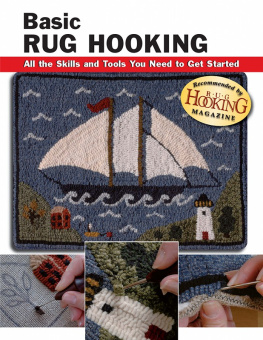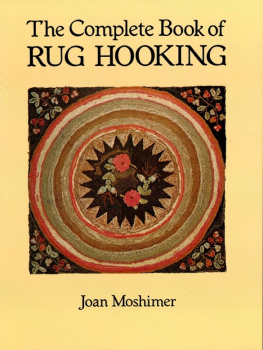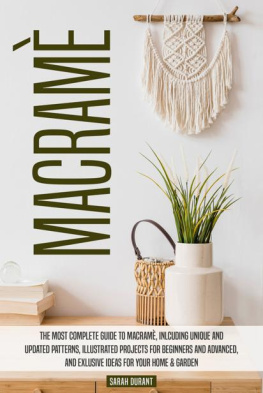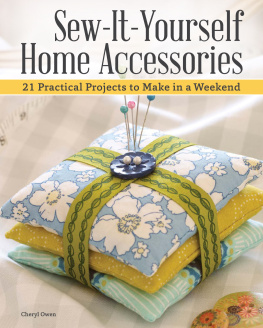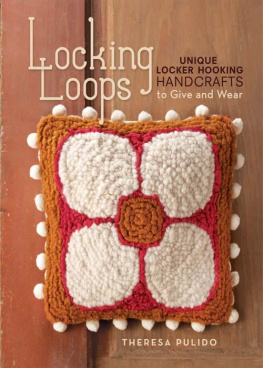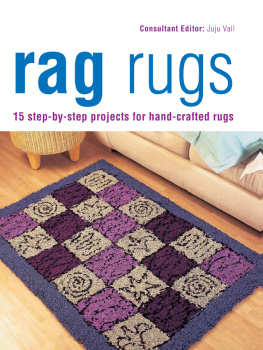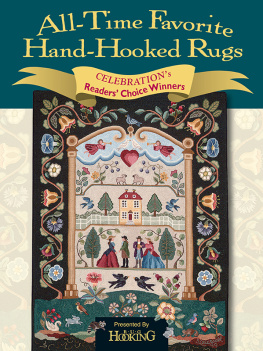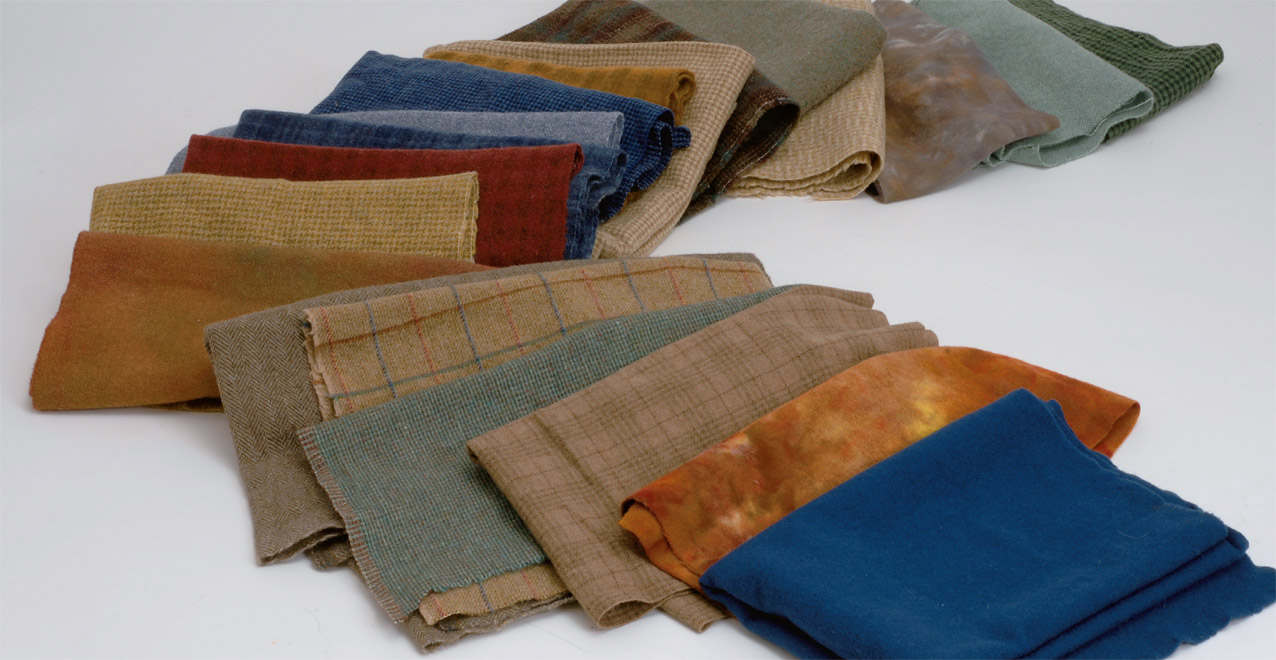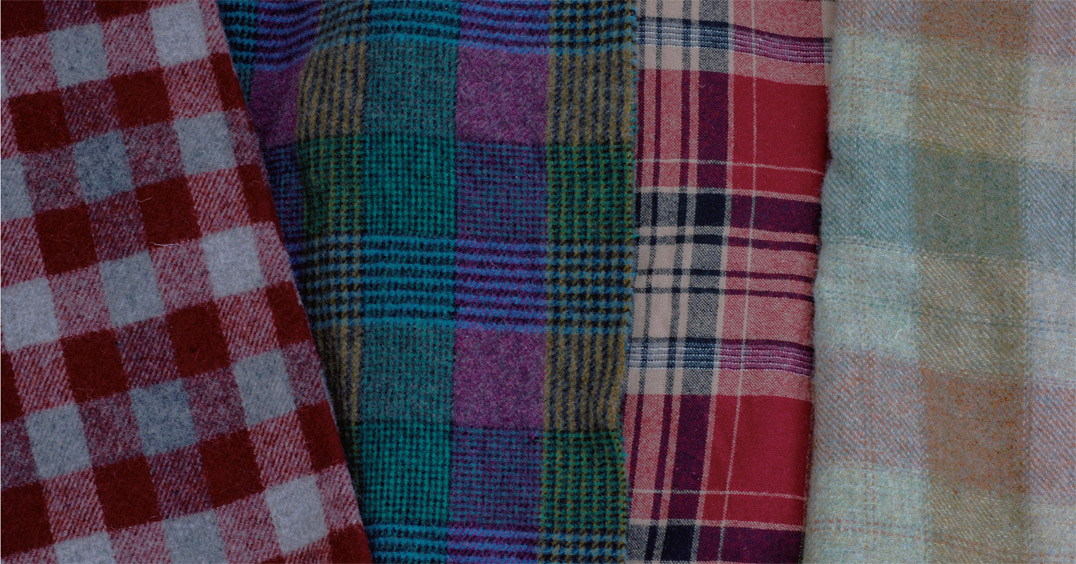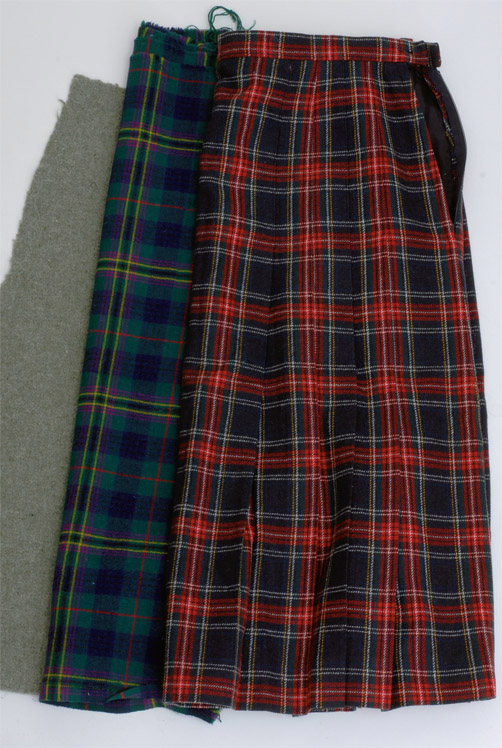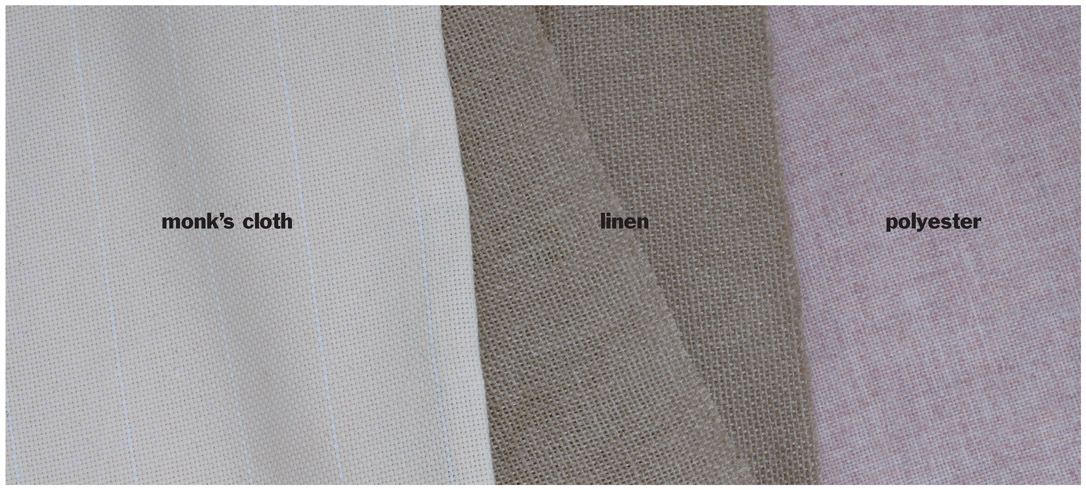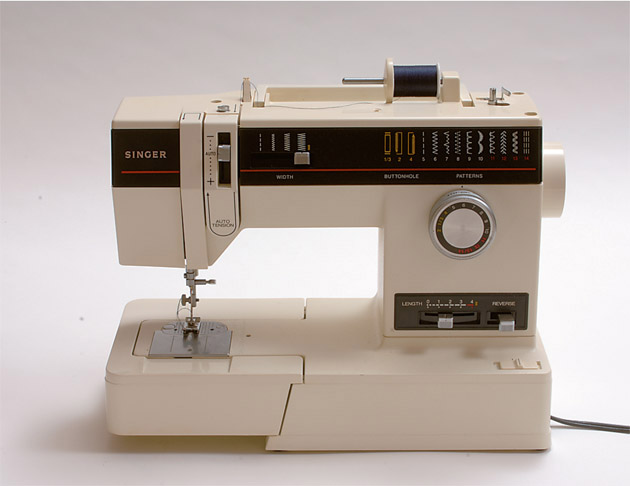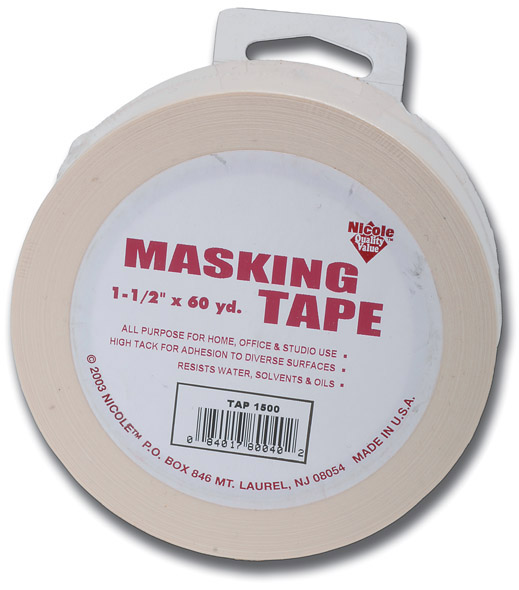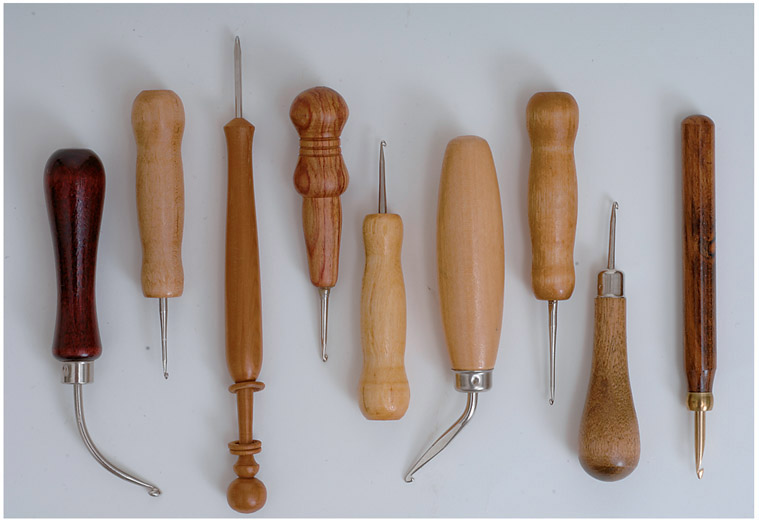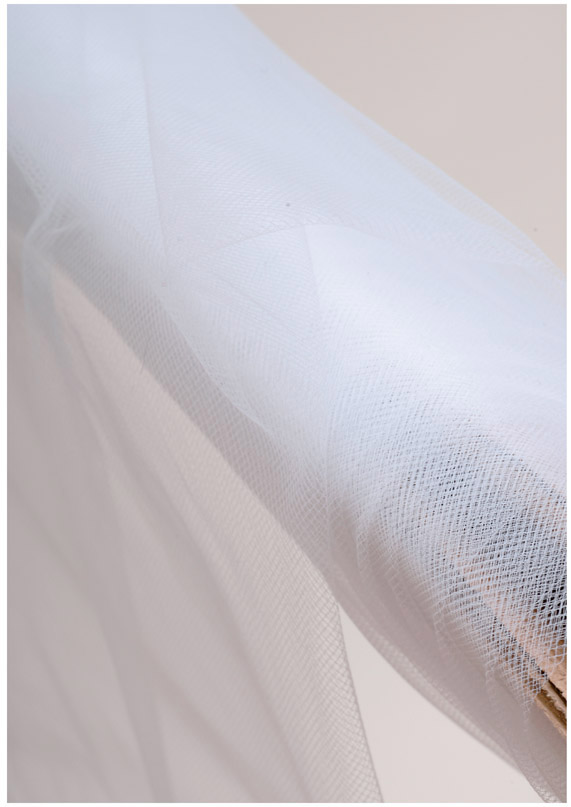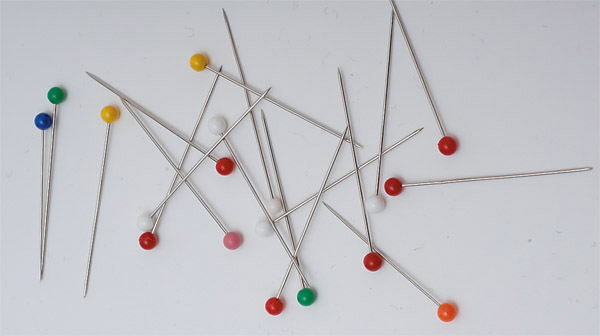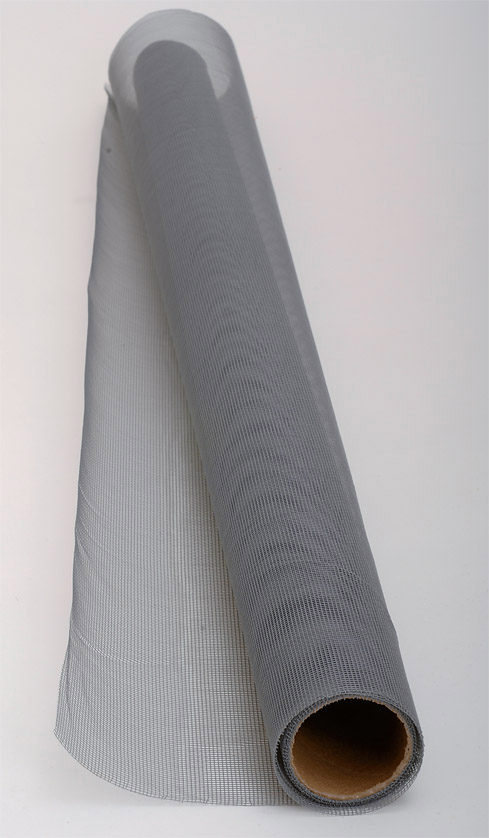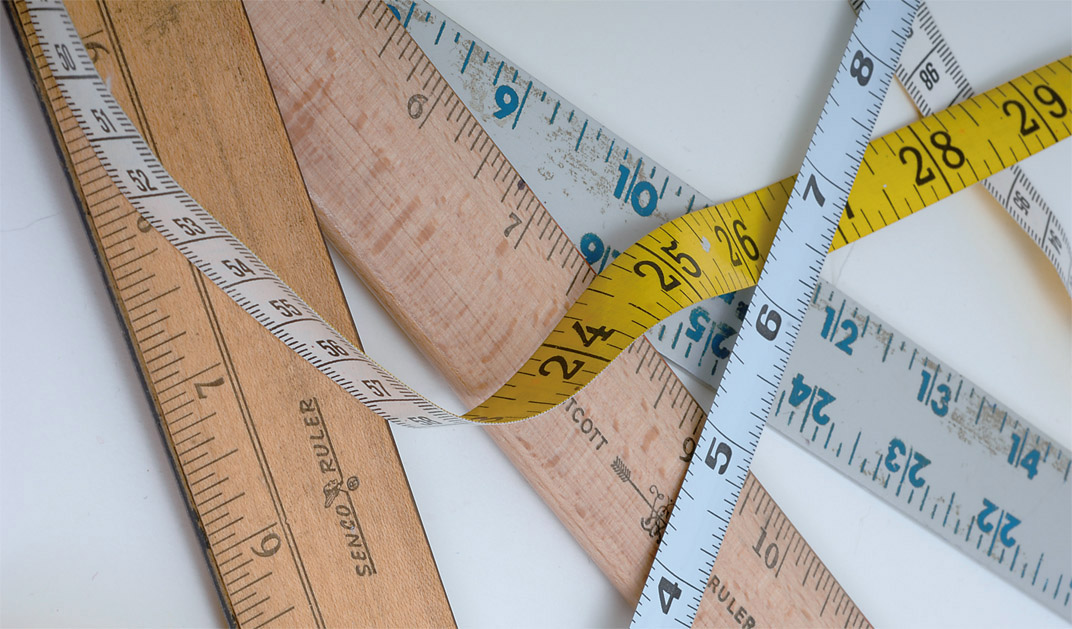Judy P. Sopronyi - Basic Rug Hooking: * Complete guide to tools and materials * Step-by-step instructions and photos * 5 beginner projects
Here you can read online Judy P. Sopronyi - Basic Rug Hooking: * Complete guide to tools and materials * Step-by-step instructions and photos * 5 beginner projects full text of the book (entire story) in english for free. Download pdf and epub, get meaning, cover and reviews about this ebook. year: 2021, publisher: Stackpole Books, genre: Home and family. Description of the work, (preface) as well as reviews are available. Best literature library LitArk.com created for fans of good reading and offers a wide selection of genres:
Romance novel
Science fiction
Adventure
Detective
Science
History
Home and family
Prose
Art
Politics
Computer
Non-fiction
Religion
Business
Children
Humor
Choose a favorite category and find really read worthwhile books. Enjoy immersion in the world of imagination, feel the emotions of the characters or learn something new for yourself, make an fascinating discovery.

- Book:Basic Rug Hooking: * Complete guide to tools and materials * Step-by-step instructions and photos * 5 beginner projects
- Author:
- Publisher:Stackpole Books
- Genre:
- Year:2021
- Rating:4 / 5
- Favourites:Add to favourites
- Your mark:
Basic Rug Hooking: * Complete guide to tools and materials * Step-by-step instructions and photos * 5 beginner projects: summary, description and annotation
We offer to read an annotation, description, summary or preface (depends on what the author of the book "Basic Rug Hooking: * Complete guide to tools and materials * Step-by-step instructions and photos * 5 beginner projects" wrote himself). If you haven't found the necessary information about the book — write in the comments, we will try to find it.
Learn to hook with easy step-by-step photos!
Rug hooking at its simplest is pulling loops of colorful wool fabric through a piece of linen backing to create beautiful designs for the floor or wall. Though in years past this was accomplished with a bent nail, a feed bag, and worn-out clothing, today we have specialized hooks and other tools that make the process much easier. In Basic Rug Hooking, you will learn what tools and materials you need to get started, and how to pull your first loops. Once youve learned and practiced the basics, you will be ready to try any of the 5 hooked projects included. Each project includes the pattern and complete step-by-step illustrated instructions.
The styles of rugs you can make once youve learned the basic hooking process are endless. Rug hookers today create traditional florals, bright geometrics, pictorials, portaits, and primitives perfect for the modern farmhouse. Basic Rug Hooking teaches you everything you need to know to start hooking today!
Judy P. Sopronyi: author's other books
Who wrote Basic Rug Hooking: * Complete guide to tools and materials * Step-by-step instructions and photos * 5 beginner projects? Find out the surname, the name of the author of the book and a list of all author's works by series.

